Archaeologists have uncovered over 100 previously unknown structures at Gran Pajatén, a centuries-old archaeological complex in Peru’s Río Abiseo National Park. The discovery fundamentally reinterprets the site, one of the most iconic remnants of the Chachapoya civilization—an ancient Andean culture known as the “people of the cloud forest.”
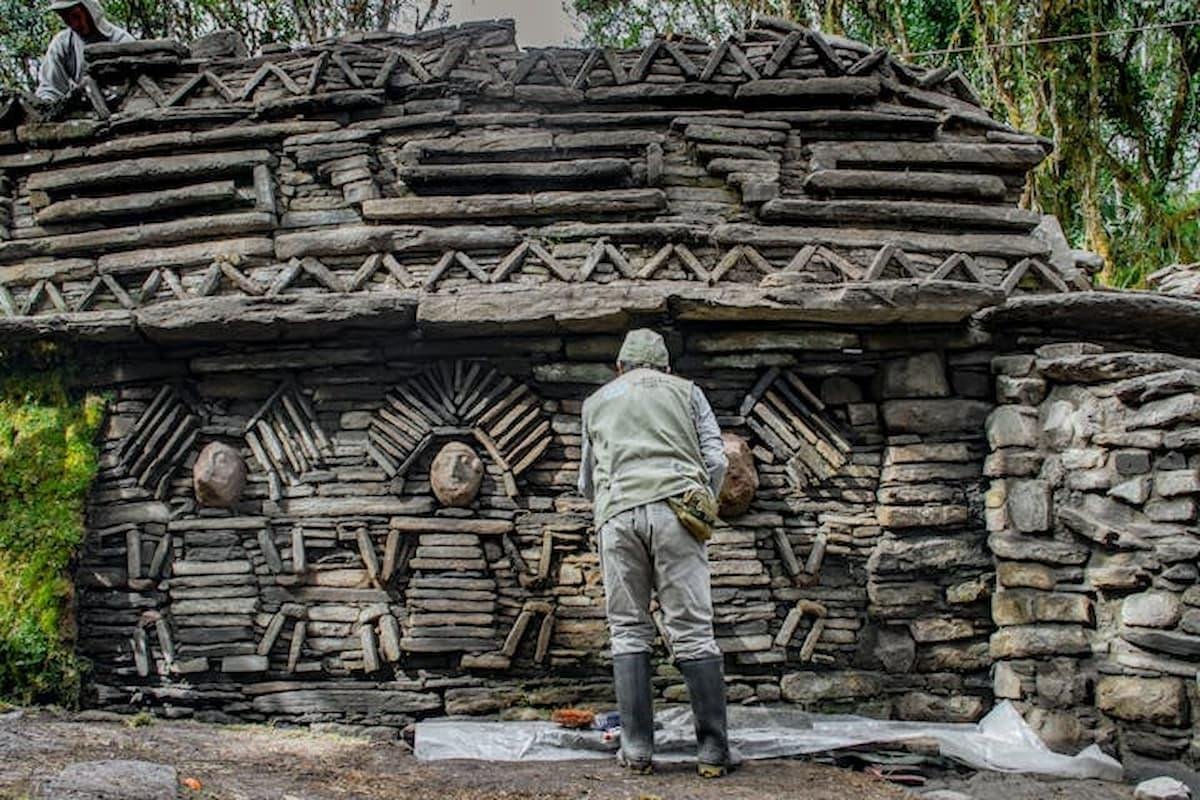
Led by Peru’s World Monuments Fund (WMF), the investigation was conducted between 2022 and 2024 and combined traditional archaeology with remote sensing technology. Aerial and terrestrial LiDAR scanning, photogrammetry, topographic mapping, and technomorphological analysis were used by the researchers to map the dense terrain without damaging the fragile ecosystem or the remains beneath the forest canopy.
The discovery is a follow-up to previous work done by researchers in the 1980s that only documented 26 buildings. The findings reveal that Gran Pajatén was not a remote ceremonial outpost, but rather a central node in an articulated territorial system.
Gran Pajatén, situated on a ridge overlooking the valley of the Montecristi River, some 500 kilometers north of Lima, was first discovered in the 1960s. It is renowned for its circular stone buildings adorned with mosaics and friezes of human figures in high relief. Long obscured beneath vegetation cover and out of reach due to environmental protections, the full extent and function of Gran Pajatén were speculative until today.

Recent analysis shows that the Chachapoya inhabited the site as early as the 14th century, with soil layers reflecting even earlier habitation. The team also documented a wide pre-Hispanic roadway network linking Gran Pajatén to other major sites in the region, including La Playa, Papayas, and Los Pinchudos. This provides additional evidence that the Chachapoya had a sophisticated and interconnected network of settlements.
Besides mapping, the project included conservation work on one of the site’s main structures. As Dr. Ricardo Morales Gamarra, who led the conservation effort, explained, the staff conducted vegetation removal, stabilized stairways and stone reliefs, wall stabilization, and even reassembled a section of a perimeter wall. “This work constitutes a pioneering intervention that will serve as a model for future conservation actions in the area,” Morales said.
Because Gran Pajatén is situated within a protected ecological zone, public access remains restricted to preserve its delicate environment. However, the WMF has made the site’s excavations available to the public through a free exhibition at the Museo de Arte de Lima (MALI) from May 21 through June 18.
More information: World Monuments Fund



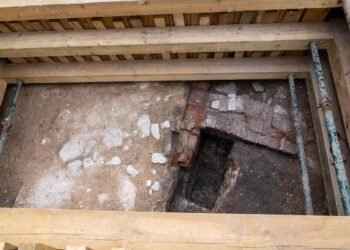
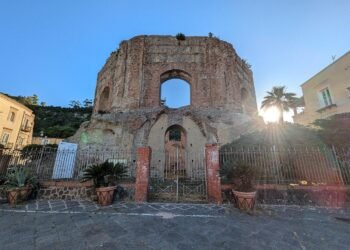
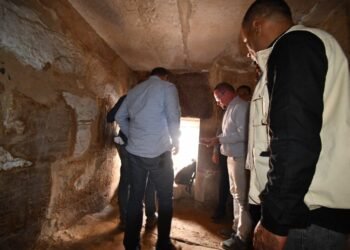
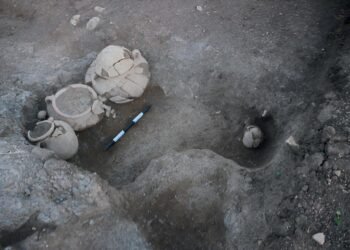
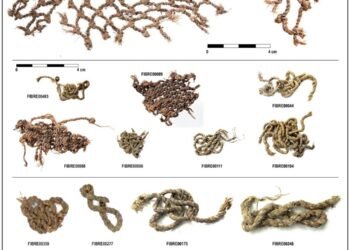
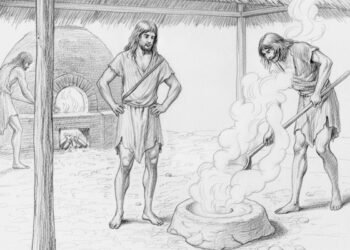















Chachapoya organization found SW US Linked with astronomical mining in the San Juans Southern Colorado. Use of constellations as well as solstice equinox measurements and macaw deity legends. Trace Quechan linguistics among priesthood only points to territorial battle between shaman human vs animal sacrifice as power base. Extermination of chachapoya indicated as Toltec targeted. Response was to strip Mayan Toltec of Gods through superior knowledge of astronomy and create SW kingdom. Aztec rose to power by invasion… Ritual sacrifice at Chaco, but did not retrieve Quetzakoatl effigy. Chachapoya road observatory and use of towers rather than pyramid. Need specifics on constellations, use of…